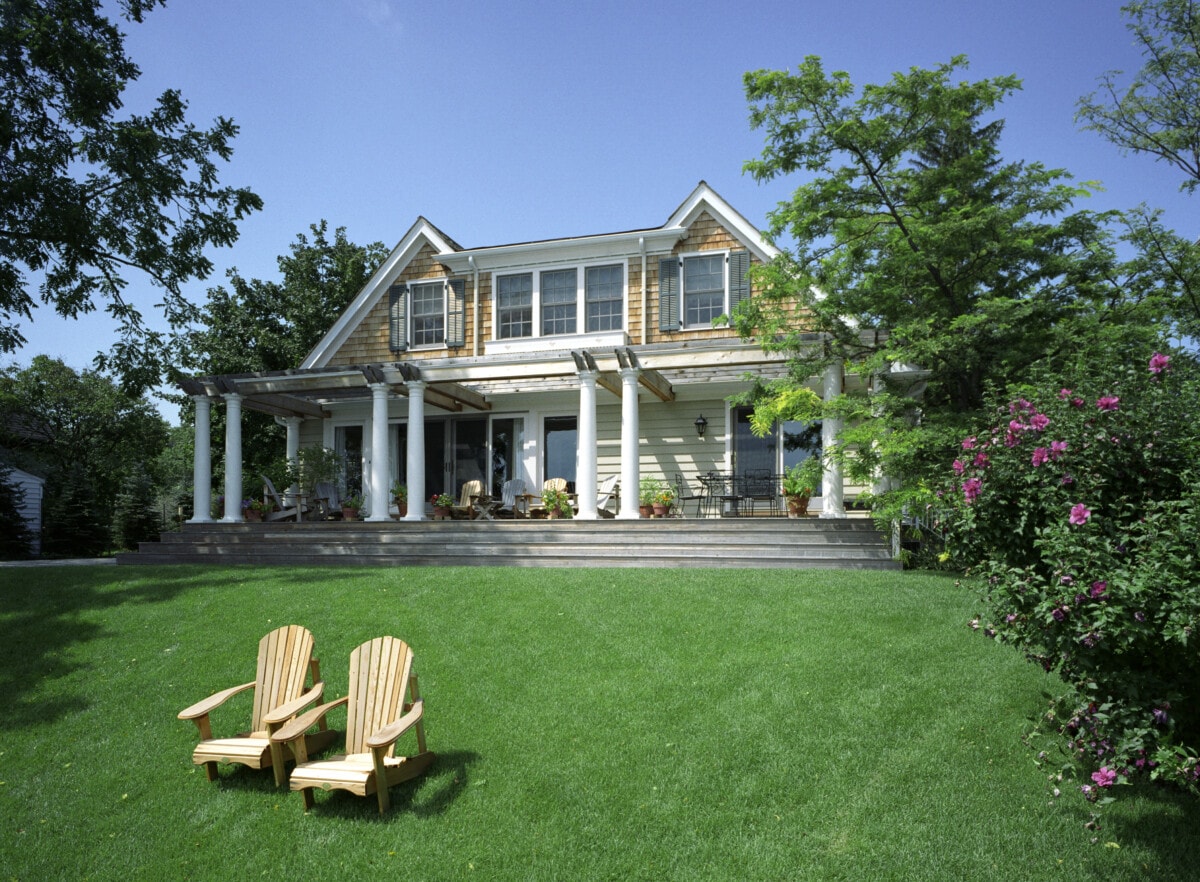The home at 13 Woollybutt St, Zuccoli, is for lease for $600 per week. Picture: realestate.com.au
The Darwin rental market is getting tougher for tenants with demand increasing alongside rent prices and yields, while supply remains tight.
The latest PropTrack Rental Report showed demand for rental properties in the NT’s capital was up 3.1 per cent annually in September with an average of 20.6 enquiries per listing on realestate.com.au.
The average time a Darwin home was listed for rent dropped from 23 days in September 2023 to 18 days in September 2024.
REA Group Director of Economic Research, Cameron Kusher said rental listings were up annually in Darwin, but the vacancy rate had dropped.
“New rental listings on realestate.com.au grew 18.2 per cent over the year to September in Darwin, which was the highest annual growth seen by any capital city market,” he said.
“Total rental listings grew 1 per cent year-on-year in September, yet supply remained historically low as total listings sat 36.2 per cent below the decade average to September 2022.
“The number of vacant rental properties in Darwin increased by 0.04 percentage points over the September quarter however was 0.76 percentage points lower year-on-year, at 1.2 per cent.”
Cameron Kusher from REA Group
The median rent in Darwin was also up 2.6 per cent year-on-year in September to sit at $600 per week.
“This growth was at a slower rate compared to the year to September 2023 (+4.5%),” Mr Kusher said.
Gross rental yields in Darwin were at 6.1 per cent for houses in September, up from 5.9 per cent in September 2023, and at 7.3 per cent for units, up from 6.9 per cent a year ago.
The PropTrack report showed nationally, gross rental yields were sitting at 3.9 per cent for houses and 4.9 per cent for units.
In regional NT, demand for rental properties was strong with the average enquiries per listing lifting from 9 in September 2023 to 15.9 in September 2024.
The median time a regional NT rental spent advertised on realestate.com.au fell by six days year-on-year to 21 days.
New listings in regional NT fell by 23.9 per cent year-on-year in September and total listing numbers dropped 30.8 per cent in the same time.
The home at 2 Pinehurst Cct, Marrara, is for rent for $740 per week. Picture: realestate.com.au
Mr Kusher said nationally, annual rental growth slowed in September, rising at half the rate compared to a year ago.
“However, at 7 per cent, annual growth of advertised rents still outpaced inflation, making it difficult for renters to afford properties,” he said.
“In response to higher rental costs, tenants may look to reduce the size of their rental, move to a less desirable location or share their rental property with others to reduce the cost.
“This was evident across the country, where more affordable rental markets in outer areas and regions have typically seen stronger rental growth, lower supply and higher demand, while higher priced inner-city markets typically saw lower rental growth, higher supply and lower demand.”
Mr Kusher said the challenging rental conditions also likely encouraged more renters with the means to exit the rental market and purchase their own property.
“As rental growth has slowed and supply increased, the market appears to be beginning the transition from one that was strongly in favour of landlords towards more balanced conditions,” he said.
“Even so, the market remains much tighter compared to prior to the pandemic and we expect rents to maintain an upward trend and supply to remain low on a historic basis.”



















 English (US) ·
English (US) ·